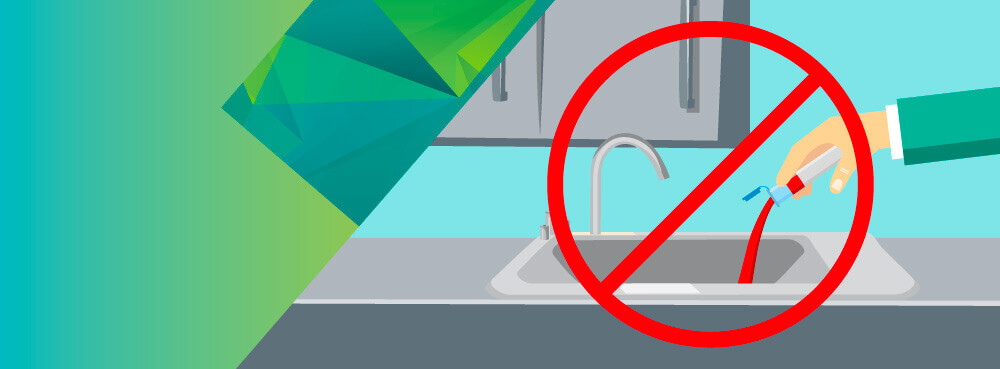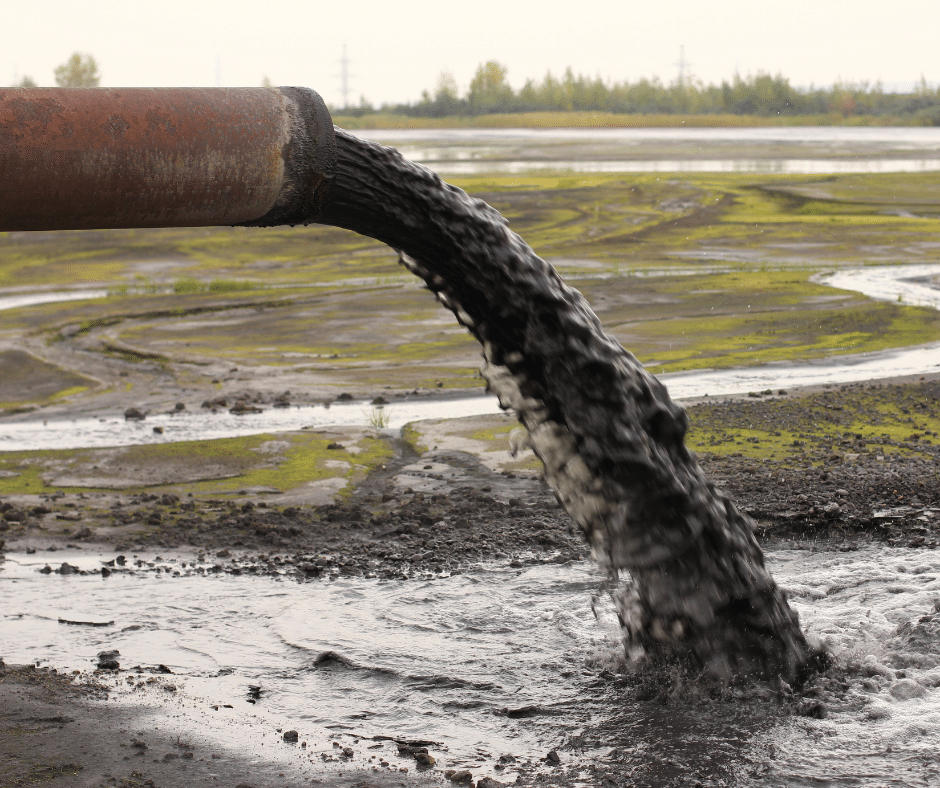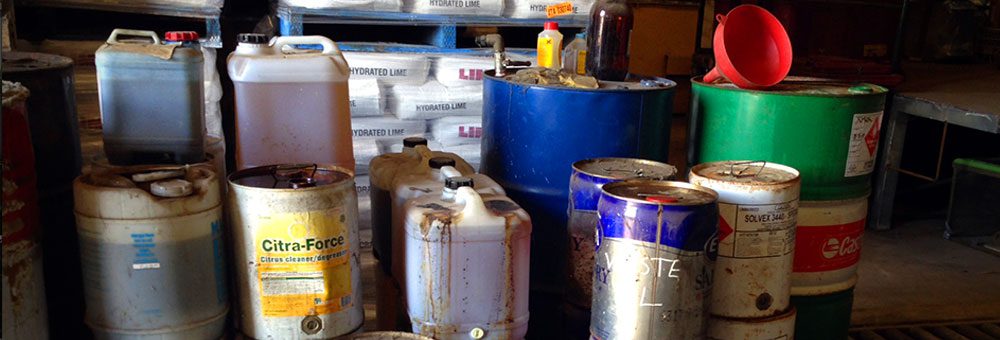Leading Industrial Wastewater Treatment Solutions: Guaranteeing Conformity and Efficiency
Leading Industrial Wastewater Treatment Solutions: Guaranteeing Conformity and Efficiency
Blog Article
Just How Liquid Garbage Disposal Works: An In-depth Introduction of Techniques and Technologies Employed

Introduction of Liquid Waste Kind
The intricacy of liquid waste types requires an extensive understanding of their qualities and ramifications for disposal. Fluid waste can extensively be classified into a number of types, including commercial, municipal, farming, and contaminated materials. Each classification displays unique properties, needing specific monitoring strategies to alleviate environmental and health dangers.
Industrial fluid waste stems from manufacturing procedures and often contains a range of impurities, such as heavy metals, solvents, and natural substances. Municipal fluid waste, mostly consisting of wastewater from families and industrial establishments, has organic issue, nutrients, and virus (industrial wastewater treatment). Agricultural fluid waste, including drainage from ranches, might contain fertilizers, chemicals, and pet waste, posing risks to water quality and environments
Hazardous fluid waste is identified by its poisoning, reactivity, or potential to trigger injury. This category consists of materials like acids, bases, and certain chemicals that necessitate rigid handling and disposal protocols. Comprehending these diverse liquid waste types is important for creating effective disposal approaches and making sure conformity with environmental regulations. Appropriate category and characterization are necessary for applying suitable treatment methods and decreasing the unfavorable influences on public health and wellness and the environment.
Physical Treatment Techniques

Testing is the preliminary step, where larger bits and particles are eliminated from the liquid waste utilizing screens or grates. In sedimentation storage tanks, much heavier particles work out at the base, forming a sludge layer, while the clarified fluid can be further treated.
Filtration is one more vital technique that entails passing the liquid with porous materials, such as sand or membrane layers, to record smaller particles. This step boosts the quality of the fluid, making it suitable for subsequent treatment procedures.

Chemical Therapy Strategies
Chemical treatment methods are essential for effectively handling fluid waste, specifically in resolving dissolved and colloidal pollutants that physical methods might not appropriately remove. These strategies make use of different chemical representatives to neutralize, speed up, or change harmful materials right into less damaging forms.
One common method is coagulation and flocculation, where chemicals such as alum or ferric chloride are added to advertise the gathering of suspended bits. This process boosts sedimentation, permitting for simpler elimination of the resulting sludge. Furthermore, oxidation procedures, using agents like chlorine or ozone, are employed to damage down complicated natural substances and virus, rendering the waste much safer for discharge or additional treatment.
Neutralization is an additional important technique, which readjusts the pH of acidic or alkaline waste streams to neutral levels, avoiding possible damage to downstream systems and the atmosphere. In addition, advanced oxidation processes (AOPs) utilize combinations of oxidants and ultraviolet light to degrade persistent toxins, attaining a greater degree of therapy efficiency.
Organic Therapy Processes
Biological therapy processes play a crucial duty in the administration of liquid waste by utilizing microbes to disintegrate organic matter and decrease pollutant levels. These procedures can be extensively classified into anaerobic and liquid waste disposal aerobic treatments, each utilizing details microbial neighborhoods to attain effective waste degradation.
Cardio treatment involves the usage of oxygen to help with the failure of natural products by germs. This process is generally carried out in triggered sludge systems, where aeration tanks offer a favorable atmosphere for microbial growth, resulting in the oxidation of natural contaminants. The resultant biomass can be separated from treated effluent through sedimentation.
In comparison, anaerobic therapy takes place in the lack of oxygen, relying upon various germs to break down natural matter. This technique is especially advantageous for high-strength waste, as it generates biogas, a renewable resource resource, while decreasing sludge production. Technologies such as anaerobic digesters are frequently utilized in metropolitan and industrial applications.
Both anaerobic and cardio biological therapies not only lessen the ecological influence of fluid waste however also help with source recovery, making them essential elements of sustainable waste monitoring methods. Their flexibility, efficiency, and performance support their extensive execution across various markets.
Emerging Technologies in Disposal
Cutting-edge strategies to fluid waste disposal are quickly evolving, driven by advancements in modern technology and an increasing emphasis on sustainability. Among these arising innovations, membrane layer bioreactors (MBRs) have gained traction for their capability to combine biological therapy with membrane filtration, resulting in high-grade effluent that can be reused in various applications. MBRs allow smaller impacts and more efficient operations contrasted to conventional systems.
Another encouraging advancement is the usage of anaerobic digestion integrated with nutrient healing technologies, which not just deals with liquid waste however likewise creates biogas and recuperates valuable nutrients like nitrogen and phosphorus. This dual advantage boosts source performance and reduces ecological effect.
In addition, advanced oxidation procedures (AOPs) are being adopted for the destruction of complicated you can look here natural pollutants. These methods use powerful oxidants and stimulants to break down pollutants at the molecular degree, supplying a highly effective remedy for challenging waste streams.
Additionally, the integration of expert system and artificial intelligence in waste monitoring systems is enhancing functional performance and predictive maintenance, resulting in decreased prices and boosted ecological compliance. These innovations reflect a substantial change in the direction of even more efficient and sustainable fluid waste disposal methods.
Verdict
In verdict, reliable liquid waste disposal necessitates a comprehensive understanding of different methods and innovations. By continually advancing these techniques, it ends up being feasible to deal with the expanding challenges linked with liquid waste, inevitably adding to ecological defense and resource recuperation.
Fluid waste disposal is an essential aspect of ecological administration, requiring an extensive understanding of various techniques and innovations tailored to various waste kinds. Liquid waste can generally be classified into numerous types, consisting of industrial, metropolitan, agricultural, and harmful waste. Agricultural fluid waste, consisting of runoff from ranches, might contain plant foods, pesticides, and pet waste, presenting dangers to water high quality and ecological communities.
Different physical therapy techniques play a critical role in managing fluid waste effectively - industrial wastewater treatment.In final thought, you can check here efficient fluid waste disposal necessitates an extensive understanding of numerous methods and modern technologies
Report this page